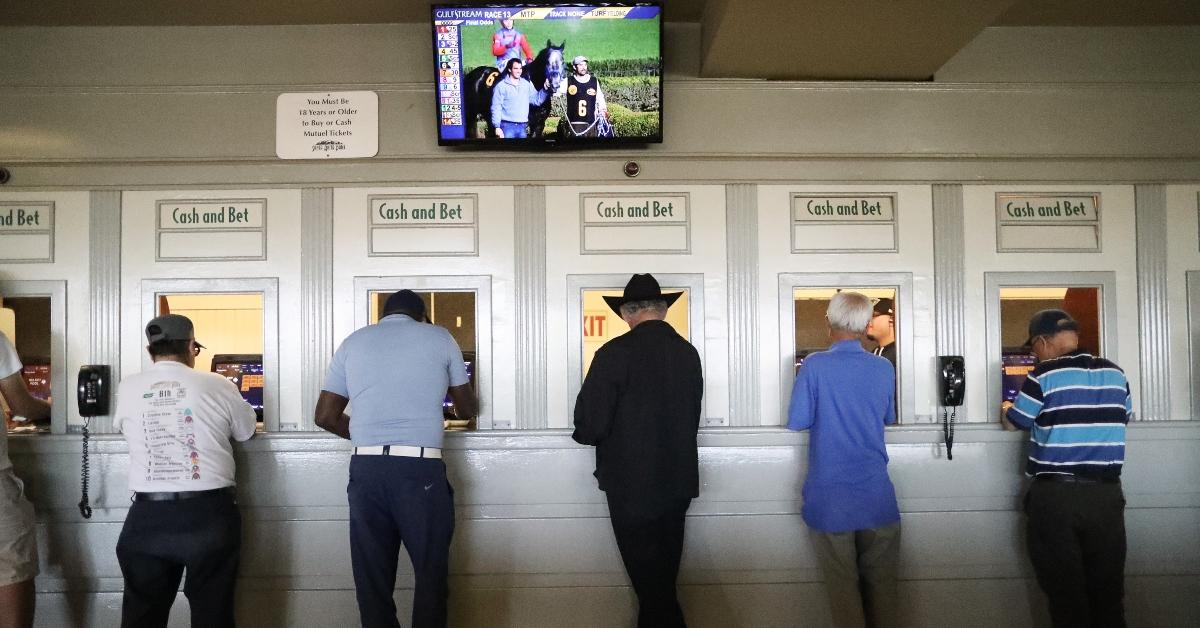Sports Betting Odds, Explained
If you want to get into more serious sports betting wagers where you could win big money, you should first learn what you can about betting odds and how they work.
Dec. 16 2021, Published 4:36 p.m. ET

Sports fans love to wager on how a team will play and what team will win. Almost everyone has filled out brackets during the NCAA basketball tournament or thrown a couple bucks in the office pool on who will win the Super Bowl.
But if you want to get into more serious sports betting wagers where you could win big money, you should first learn what you can about betting odds and how they work.

What are betting odds?
In sports betting, odds represent the probability of a certain outcome in a sporting event. They also are an indicator on how much money you win if you bet on the right team or outcome.
Odds are displayed in one of three different formats: American (plus/minus) odds, decimal odds, or fractional odds. The way the odds are displayed is different, but the payouts are all the same.
American odds:
American odds, or moneyline odds, is the most common format used in the United States.
The American odds are displayed in a plus or minus system like +200/-130. The plus number is for the underdog and indicates how much you will win for every $100 you bet. The minus number is for the favorite to win and shows how much you’ll have to bet to win $100.
For example, say the odds for an NFL game between the Detroit Lions and the Baltimore Ravens are like this:
Detroit +260
This means that the Ravens are favored to win the game. To win $100, you’ll have to bet $130 on the Ravens. However, if you put that $100 behind the Lions and they win, you’ll be up an extra $260.
Decimal odds:
Decimal odds indicate the total payout you win for every $1 you spend. This odds format is most popular in Europe, Canada, and Australia and is relatively easy to learn. The odds are formatted in decimal numbers with the higher number indicating the underdog and the lower number indicating the favorite such as:
Milwaukee Brewers 1.50
Chicago Cubs 2.20
To calculate your winnings, you multiply your bet by the odds. For example, if you bet $50 on the Brewers and they win, your payout is $75 ($50 x 1.50). A $50 bet on the Cubs will net you $110 ($50 x 2.20).
Fractional odds:
In the United Kingdom, bookies usually use fractional odds. Fractional odds are also most commonly seen in horse racing.

The odds are displayed in a fraction, with the top number indicating how much you can win compared to the bottom number, which is the amount you wager. For example, say you bet $50 on a horse with 4/1 odds. If your horse wins, you are $150 richer because the payout is $4 for every $1 you bet.
Fractional odds require a little more math if the bottom number is higher than 1. In that case, you multiply your wager by the top number and then divide by the bottom number. For example, if the odds were 5/2, a $50 bet would have a payout of $125, plus the $50 you bet.
